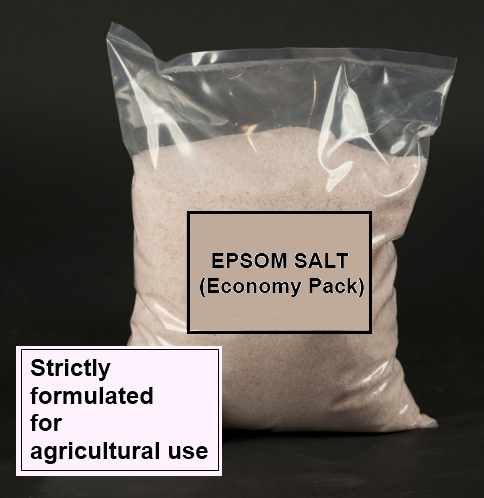
Value investors prefer using the BVPS as a gauge of a stock’s potential value when future growth and earnings projections are less stable. Similarly, if the company uses $200,000 of the generated revenues to pay up debts and reduce liabilities, it will also increase the equity available to common stockholders. The share aspect of this ratio refers to the common shares of the company. Breaking down the book value on a per-share may help investors decide whether they think the stock’s market value is overpriced or underpriced. Book value per share (BVPS) is the ratio of equity available to common shareholders divided by the number of outstanding shares. This figure represents the minimum value of a company’s equity and measures the book value of a firm on a per-share basis.
Conversely, if the book value of a company is stronger than its market value and these metrics are more tightly bundled together, then the market is more likely to be in a bear market scenario. A great way to find undervalued companies is to look at the price to book ratio; anything under one is considered undervalued in correlation to its equity. One drawback of book value per share is it doesn’t provide much information to investors on its own. Investors must compare the BVPS to the stock’s market price to evaluate how it affects them. For example, if a company has a total asset balance of $40mm and total liabilities of $25mm, then the book value of equity is $15mm.
What is the Book Value Per Share (BVPS)?
If a company’s market cap is twice as high as its book value, it will have a P/B ratio of 2.0x. If a company’s market cap is three times as high as its book value, it will have a P/B ratio of 3.0x. It is more of an accounting-based tool that doesn’t necessarily reflect the true market value of publicly traded companies. There are varying accounting models that companies have to figure out book value. These models are not the same and are dependent on C-level management’s discretion. There are majorly two issues to have in mind when using the book value per share as a measure.
Truist reports first quarter 2023 results – Yahoo Finance
Truist reports first quarter 2023 results.
Posted: Thu, 20 Apr 2023 07:00:00 GMT [source]
• Numerical results confirm the accuracy, trustworthiness and acceptability of the suggested numerical algorithm. These results endorse the superiority of the proposed FDM over the previously existing techniques of Mohanty and Kumar (2014), Mohanty and Setia (2014), Priyadarshini and Mohanty (2021). All information contained in this website is a brief description of your coverage and is not a contract.
We’ve got 6 definitions for BVPS »
It’s the total value of all the company’s assets — the worth of all the goods, properties, funds, and other things it owns — minus its liabilities — its expenses and debts. Usually, the worth of any intangible assets, like intellectual property or patents, is subtracted too. Because they carry assets on the balance sheet at the original price minus depreciation, this could lead to underestimating the true economic value of the assets of the company. Along with the economic impact of intangibles and the fact that many companies now finance growth from the income statement instead of the balance sheet.
Is BVPS a good indicator?
BVPS is a good baseline value for a stock. While it's not technically the same thing as the liquidation value of the shares, it is a proxy for it. In many cases, stocks can and do trade at or below book value.
The appropriate outcomes by using CP Spline and CNP Spline are compared with the exact root. Graphs and tables are also presented in the numerical section of this paper. The ratio of ‘price’ and ‘book value per share’ gives us one of the most utilised financial ratio related to stock investing. Second type are those investors, who are going to buy its shares in future (prospective investors). There are two type of investors who are looking at the book value.
Is book value the same as equity?
The Price/Book ratio is commonly used by value investors to help them screen for potentially undervalued (or overvalued) stocks. The P/B ratio can be calculated either at a total value level, or at a per share level. This means the book value per share calculation can begin with finding the necessary balance sheet data. These data can be gotten from the latest financial report such as 10-Q, 10-K, etc. The Form 10-Q is a report that is submitted quarterly by publicly traded corporations to the United States federal Securities and Exchange Commission (SEC) as mandated. The Form 10-K, on the other hand, is submitted annually to the SEC which gives a comprehensive summary of a company’s financial performance.
First type are those investors, who has already bought its shares (existing investors). This also can be done by using moneycontrol’s balance sheet report. In this article, let’s see all aspects of book value of shares from perspective of a stock investor. Because it considers only shareholders equity’s weight in estimation of true value. Book value of shares gives us a ‘rough idea’ about the stock’s ‘true value‘ (Book value & other details of top Indian stocks). Notably, in the case of bankruptcy and company liquidation, often assets are liquidated at a discount to book value.
Limitations of Book Value per Share
It is equal to a firm’s total assets minus its total liabilities, which is the net asset value or book value of the company as a whole. The Book Value of a company is equal to their shareholders (or stockholders’) equity, and reflects bvps full form the difference between the balance sheet assets and the balance sheet liabilities. The book value of a company is the difference between that company’s total assets and its total liabilities, as shown on the company’s balance sheet.
There are other metrics used such as price-to-earnings ratio, debt-to-equity ratio, price-to-book ratio, free cash flow, and PEG ratio. Now, company ABC can generate higher profits and use its profits to buy more assets or reduce liabilities, in order to increase its common equity. So, if company ABC generates earnings worth $500,000 and then uses $200,000 of the profits to buy assets, the common equity of this company and its BVPS can increase as a result of this. More so, if company ABC uses $300,000 of its earnings to reduce liabilities, its BVPS and common equity can also increase.
Understanding Book Value Per Share (BVPS)
Meanwhile, the total outstanding shares in the book value per common share formula are the shares in the open market that are held by shareholders. These shares are indicated as capital stock on the balance sheet of the company. Another way to increase BVPS is to repurchase common stock from shareholders.

Why is BVPS lower than stock price?
Generally, the book value per share is used by investors (especially value investors) to determine whether a share is fairly valued. If the BVPS is less than the price of the stock, then that tells an investor that the stock could be overvalued—it costs more than the assets it's entitled to.
No comment yet, add your voice below!